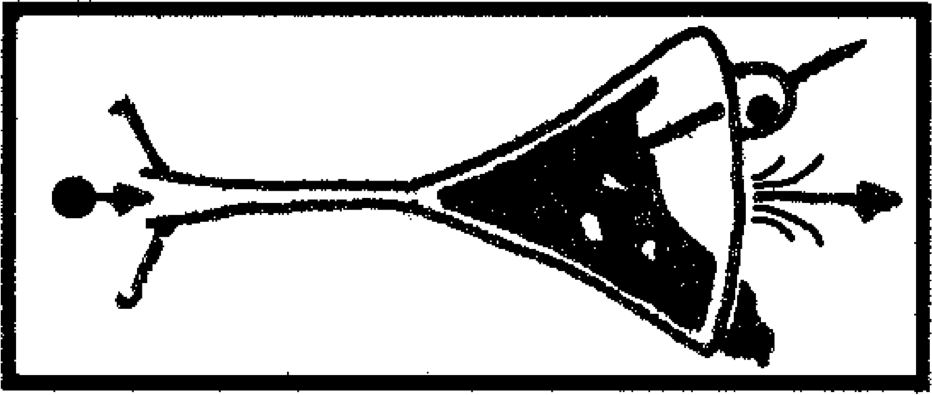Lessons from Visualization Research
Storytelling through narrative visualizations is most efficient when combining author- and reader-driven approaches.
Complex, narrative visualizations is an increasingly common device used in online journalism. Data stories add a dimension of interactivity to a story inviting a user to more thoroughly explore the narrative arc and draw conclusions. Data stories are most efficient when following the “martini glass structure.”
The martini glass structure refers to putting the user on a narrow path (the stem of the glass) where they follow the author’s introduction, observations and questions regarding the story, and then moving the user to a more open area (the mouth of the glass) that allows for more independent, user-driven exploration of the story. Narrative visualizations should achieve a balance in approach, but having various “checkpoints” within the narrative while also allowing the user to digress, but not too far, from the intended narrative.
Other tips for data stories included in the study are:
- annotated notes
- visual highlighting/hierarchy
- progress bars
- timeline sliders
- single-frame interactivity
- tactic tutorials
- consistent use of language
- animated transitions
- details-on-demand actions such as mouse hovering and clicking.
Source: Narrative Visualization: Telling Stories with Data, Edward Segel, Jeffrey Heer. IEEE Trans. Visualization & Comp. Graphics (Proc. InfoVis), 2010
